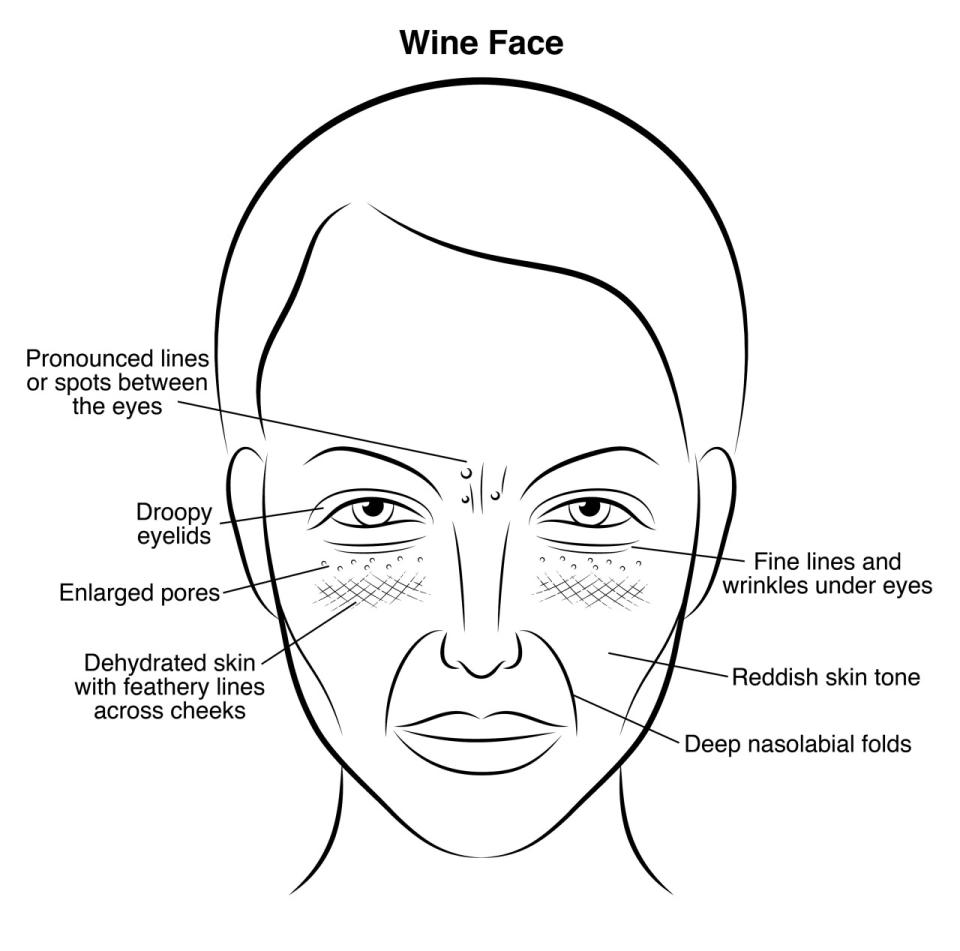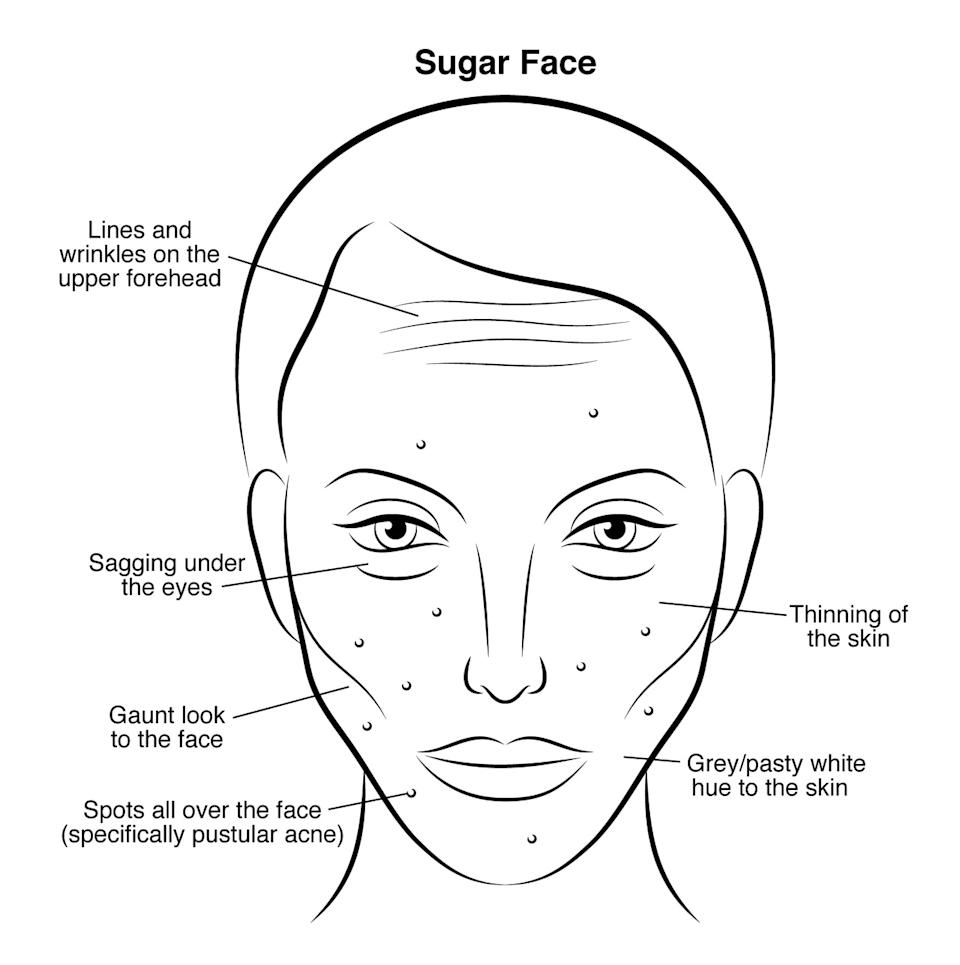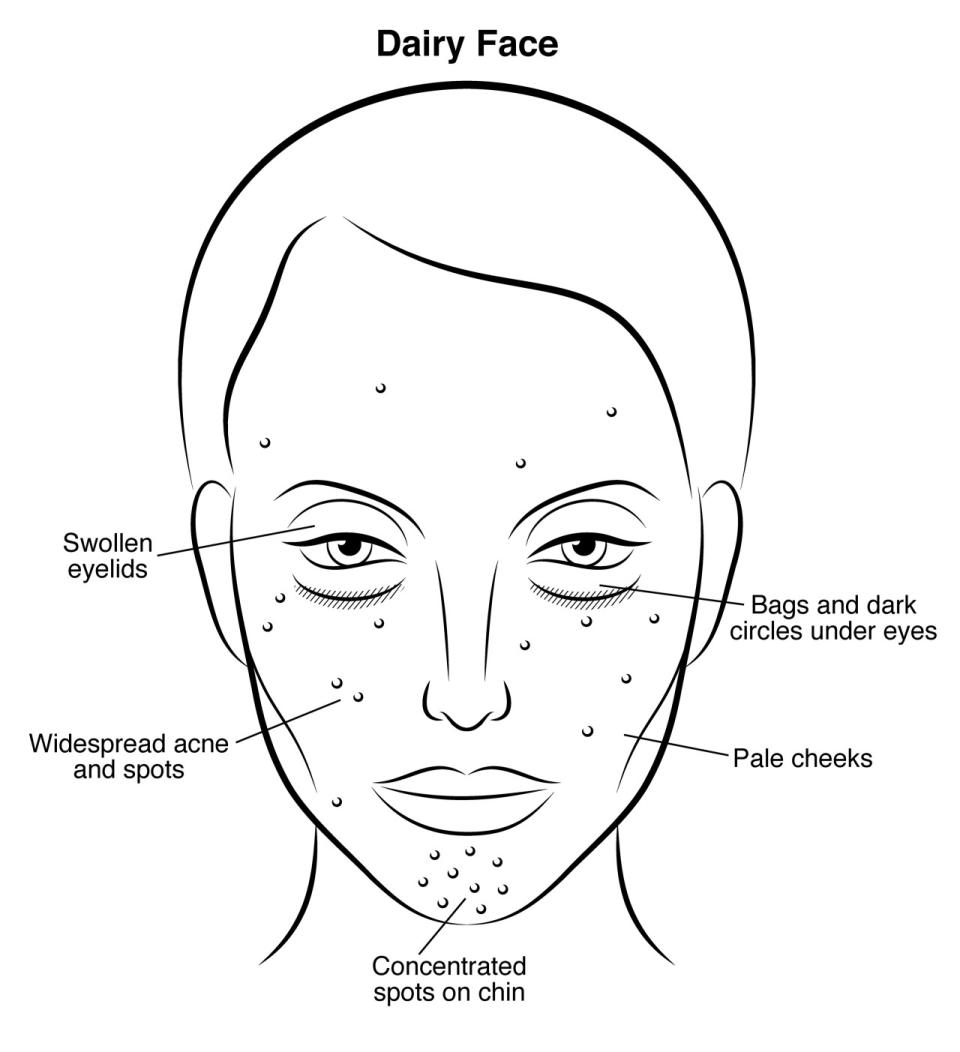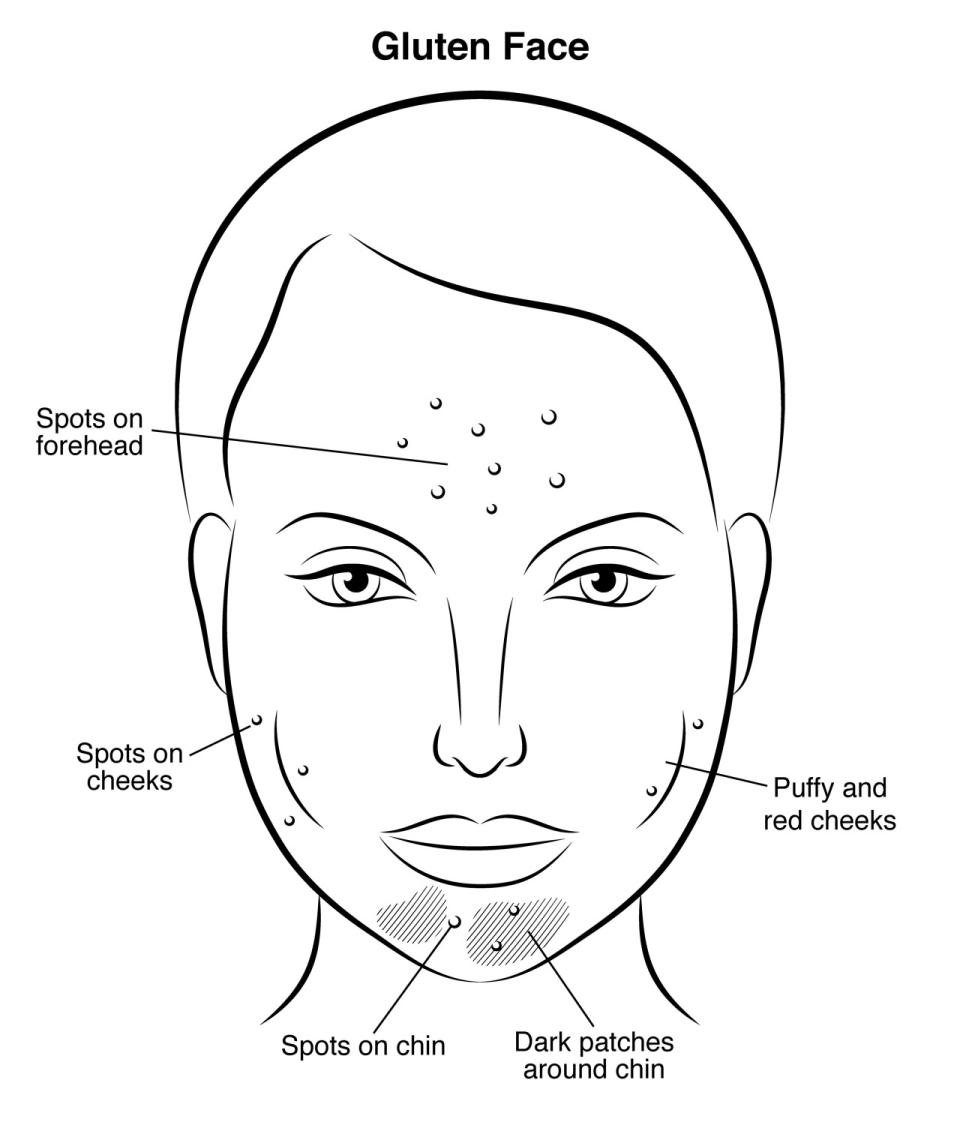The Scary Truth: What Wine, Sugar, Gluten, & Dairy Are Doing to Your Skin

Your vices are likely taking a toll on your skin. (Photo: Getty)
Here come the holidays. It’s become all about indulging in comfort food, sugary confections, and wine. However, you might want to stop and rethink those treats, there is a serious downside beyond the extra calories. Nigma Talib, ND, a London-based naturopathic doctor, aesthetician and author of the forthcoming Younger Skin Starts in the Gut: A 4-Week Program to Identify and Eliminate Your Skin-Aging Trigger—Gluten, Alcohol, Dairy or Sugar believes these foods wreak havoc on our faces in different ways, along with accelerating aging. “These substances weaken the good bacteria in your gut while strengthening those that activate inflammatory mediators,” Talib tells Yahoo Beauty. The result: telltale breakouts, wrinkles and inflammation, depending on what your body is reacting to.

Dr. Nigma Talib developed a personalized program for beautiful skin.
The truth is these foods have been affecting us as long as we’ve been eating them, but it’s also worth noting that there’s more likely more of them in our diets than ever before—especially at this time of year. “We’ve gotten more aware of the outcomes of eating these foods because we’re noticing how we feel when we indulge, and how eliminating—or at least cutting way back on them—makes a night and day difference in our appearance,” says Dr. Talib. Her advice: give them up, reap the benefits and then slowly add them back in on a very occasional basis (using an 80%/20% rule). “Your complexion is telling you what you need to give up or pull back from,” Dr. Talib says. “And if you do, the changes you see coming from the inside will inspire you to continue on.” Here, Talib breaks down each trigger and explains exactly what it’s doing to your skin. Be prepared, it’s not pretty.

Symptoms of wine face include dryness and wrinkles around the eyes.
Wine Face
Most common symptoms: pronounced lines or redness between the eyes, droopy eyelids, large pores, dehydrated skin with feathery lines across the cheeks.
Though Talib calls this Wine Face, these aging characteristics can actually be triggered by any kind of alcohol. That’s because alcohol dehydrates the skin, thereby making fine lines and wrinkles more prominent. The high sugar content of alcohol also harms the skin’s collagen, which compromises its elasticity. And since alcohol can cause the capillaries of the nose and cheeks to dilate, it can also result in a flushed complexion.

Symptoms of sugar face include thin skin and upper forehead wrinkles.
Sugar Face
Most common symptoms: Lines and wrinkles on the forehead, sagging under the eyes, pus-filled spots all over the face and a gray hue to the skin.
All those refined carbs (cookies, cakes, pasta, rice) convert more quickly to sugar in the body, and the sugar triggers a process called “glycation,” wherein excess glucose molecules attach themselves to the skin’s collagen, making the collagen fibers inflexible. The result is thinner, saggier skin particularly around the eyes. But sugar does its worst in the gut, says Talib, where it impacts the delicate balance of bacteria and can trigger pustular acne on the face, shoulders and chest. Add in the effects of cortisol, the hormone that’s produced in reaction to the insulin spike caused by sugar, and the skin can appear sallow and dull.

Symptoms of dairy face include chin acne and puffy eyes.
Dairy Face
Most common symptoms: Puffy eyelids, bags and dark circles under the eyes, white bumps on the chin.
Feeling slightly nauseated after drinking milk? That could mean your body has trouble digesting milk’s proteins. But even without any telltale signs, your immune system might be releasing inflammatory chemicals in reaction to dairy consumption that greatly affect your skin by producing an overgrowth of skin cells that clog pores and trap bacteria.

Symptoms of gluten face include swollen cheeks and acne.
Gluten Face
Most common symptoms: Puffy red cheeks and dark pigmentation patches on the lower half of the face.
With all the buzz about the physiological effects of gluten, it’s worth exploring whether you might be sensitive to it, if not outright allergic. In her patients, Dr. Talib notices that gluten can cause bloating and age spots in addition to exacerbating rosacea. Eliminating it, she argues, can often do more to approve your appearance than blitzing your body with supplements or subjecting your skin to chemical peels. In fact, many of the patients who follow her plan find themselves being asked if they’ve recently had Botox or other cosmetic treatments. “Changing what you eat can absolutely lead to smoother, more taut skin,” Dr. Talib tells Yahoo Beauty.
Related:
The Truth About Gluten, Grains, and Weight Gain

